Home>Gardening & Outdoor>Home DIY & Maintenance>How To Use Furniture Polish
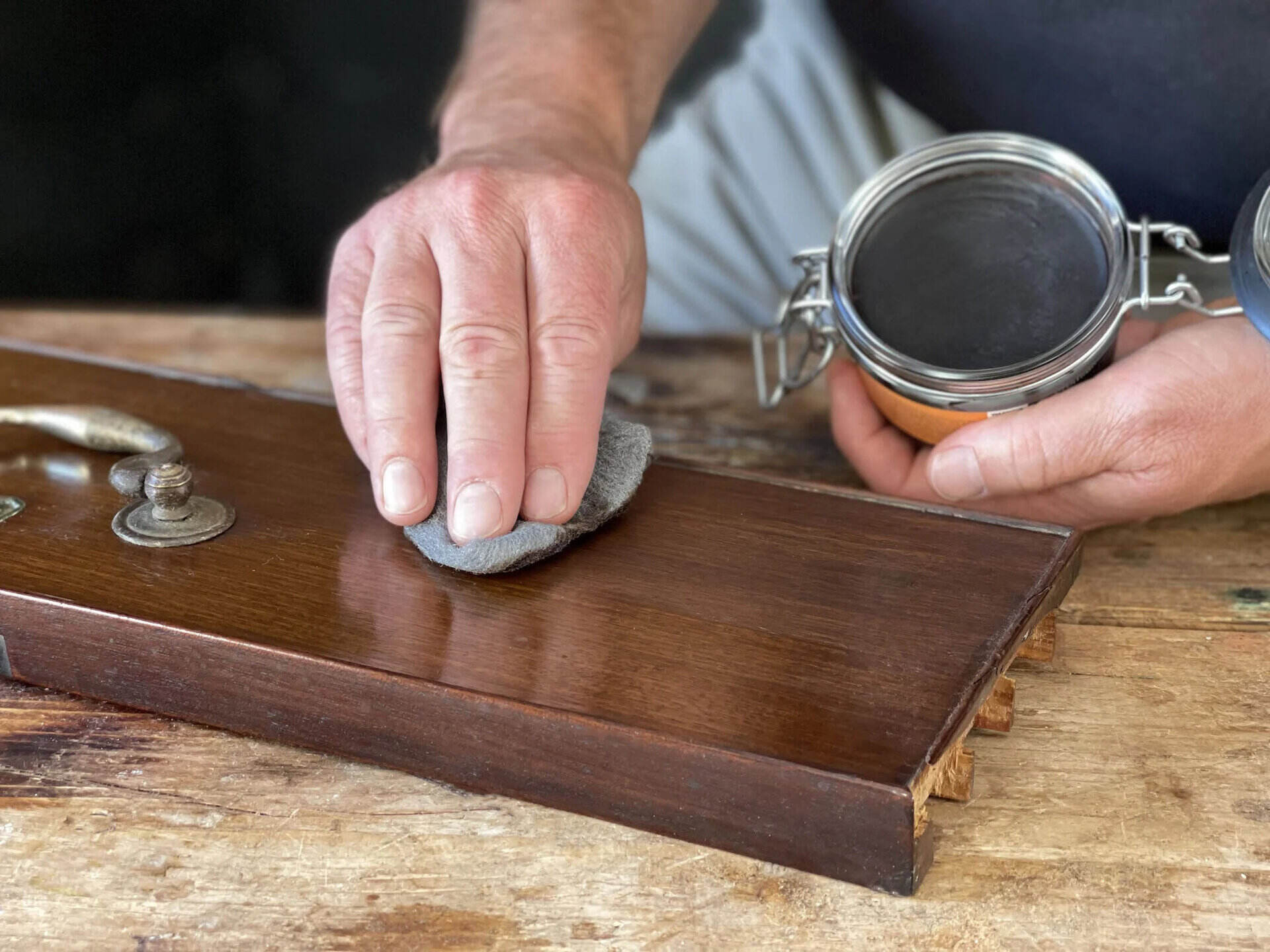

Home DIY & Maintenance
How To Use Furniture Polish
Modified: January 6, 2024
Learn how to use furniture polish for effective home DIY and maintenance. Discover tips and techniques for achieving a polished and pristine look.
(Many of the links in this article redirect to a specific reviewed product. Your purchase of these products through affiliate links helps to generate commission for Storables.com, at no extra cost. Learn more)
Introduction
Welcome to the wonderful world of furniture care! Whether you have a cherished antique, a modern statement piece, or a beloved family heirloom, maintaining the beauty and longevity of your furniture is a rewarding endeavor. One key tool in your furniture care arsenal is furniture polish. In this guide, we will explore the ins and outs of using furniture polish to revitalize and protect your beloved pieces.
Furniture polish serves as more than just a means to add shine; it also nourishes the wood, protects it from moisture, and enhances its natural beauty. Understanding the nuances of furniture polish application is crucial to ensuring that your furniture remains in top-notch condition for years to come.
In the following sections, we will delve into the intricacies of furniture polish, from selecting the right product to the application process and ongoing maintenance. By the end of this guide, you will be equipped with the knowledge and confidence to expertly care for your furniture, preserving its splendor and charm for generations to come. So, let's embark on this enlightening journey into the world of furniture polish and unleash the full potential of your beloved pieces.
Key Takeaways:
- Choose the right furniture polish for your specific wood and finish to enhance its natural beauty and protect it from environmental factors, ensuring longevity and timeless allure.
- Prepare and apply furniture polish with care to revitalize and protect your furniture, creating a radiant luster that honors its unique story and character.
Read more: How To Use Old English Furniture Polish
Understanding Furniture Polish
Furniture polish is a specialized product designed to clean, protect, and enhance the appearance of wood furniture. It typically contains a blend of cleaning agents, conditioners, and protective ingredients. These components work together to remove dirt, dust, and grime while replenishing the wood’s natural oils and creating a lustrous finish.
There are various types of furniture polish available, including aerosol sprays, liquid formulations, and paste waxes. Each type offers distinct advantages and is suitable for different furniture finishes and maintenance needs. Aerosol sprays are convenient for quick touch-ups and regular maintenance, while liquid polishes provide deep nourishment and protection. Paste waxes, on the other hand, offer a durable finish and are ideal for antique or heavily used furniture.
It’s important to note that not all wood furniture requires regular polishing. Some modern finishes, such as polyurethane or lacquer, do not benefit from traditional furniture polish and may even be negatively affected by its application. Understanding the specific requirements of your furniture’s finish is essential in determining the most suitable maintenance routine.
When used correctly, furniture polish can effectively remove minor surface imperfections, such as light scratches and water rings, restoring the furniture’s natural beauty. Additionally, the protective properties of furniture polish help safeguard the wood from environmental factors, such as humidity and UV radiation, which can cause fading, warping, or cracking over time.
By comprehending the purpose and capabilities of furniture polish, you can harness its potential to elevate the appearance and longevity of your furniture. In the next section, we will explore the key considerations for selecting the right furniture polish for your specific needs.
Choosing the Right Furniture Polish
When it comes to selecting the ideal furniture polish for your precious pieces, several factors should be taken into consideration to ensure optimal results. The type of wood, the furniture’s finish, and the desired level of maintenance all play a significant role in determining the most suitable polish for your needs.
For natural wood finishes, such as oak, cherry, or mahogany, it’s essential to choose a furniture polish that complements the wood’s natural characteristics. Look for products specifically formulated for hardwoods, as they often contain nourishing oils and protective ingredients tailored to the unique needs of natural wood. Additionally, consider the sheen level you wish to achieve, as some polishes offer a high-gloss finish, while others provide a more subdued luster.
If your furniture features a specific finish, such as matte, satin, or high-gloss, opt for a polish that is compatible with that finish. Using the wrong type of polish can result in streaking, residue buildup, or a dull appearance, detracting from the furniture’s overall allure. Always refer to the manufacturer’s recommendations for the most suitable maintenance products for your furniture’s specific finish.
When choosing a furniture polish, consider any additional features that may align with your preferences. Some polishes offer enhanced UV protection, which is particularly beneficial for furniture exposed to natural light. Others may include anti-static properties to repel dust and prolong the cleanliness of the treated surfaces. By understanding the unique attributes of different furniture polishes, you can make an informed decision that aligns with your furniture care goals.
Furthermore, if you have antique or vintage furniture, consider using paste wax as a traditional and effective option for preserving and enhancing the beauty of aged wood. Paste wax provides a durable finish and can be buffed to a rich, deep luster, making it an excellent choice for maintaining the timeless appeal of antique pieces.
By carefully evaluating the type of wood, the furniture’s finish, and any additional features you desire, you can confidently select the right furniture polish to nurture and protect your cherished furniture. In the next section, we will explore the essential steps for preparing the furniture before applying the chosen polish.
Preparing the Furniture
Before applying furniture polish, it’s crucial to prepare the furniture to ensure optimal results and prevent any potential damage. Proper preparation involves assessing the condition of the furniture, removing surface debris, and addressing any existing imperfections.
Start by inspecting the furniture for accumulated dust, dirt, or grime. Using a soft, lint-free cloth or a gentle vacuum cleaner with a brush attachment, carefully remove any debris from the surface, paying particular attention to intricate details, carvings, and crevices. This initial cleaning step prevents the buildup of particles during the polishing process, allowing the polish to adhere evenly and effectively.
If the furniture exhibits stubborn stains, water rings, or residue from previous cleaning products, consider using a specialized wood cleaner or mild soapy water to gently remove these blemishes. Always test the cleaning solution on a discreet area of the furniture to ensure compatibility with the wood finish and to avoid potential discoloration or damage.
After cleaning, thoroughly dry the furniture using a clean, dry cloth to eliminate any moisture that may impede the adhesion of the furniture polish. It’s essential to allow the furniture to air-dry completely before proceeding to the next step to prevent trapping moisture beneath the polish, which can compromise the wood’s integrity over time.
For furniture with visible scratches, dents, or minor imperfections, consider addressing these issues before applying the polish. Lightly sanding the affected areas with fine-grit sandpaper can help smooth out minor blemishes and prepare the surface for the polish, ensuring a uniform and refined finish. Always follow the wood grain when sanding to preserve the natural texture and appearance of the wood.
By meticulously preparing the furniture before applying the polish, you set the stage for a successful and transformative polishing experience. The next section will guide you through the art of applying furniture polish to revitalize and protect your beloved pieces.
When using furniture polish, always test it on a small, hidden area first to ensure it doesn’t damage the finish. Apply the polish with a soft cloth, following the grain of the wood, and buff it off with a clean cloth for a shiny, dust-free surface.
Applying the Furniture Polish
Applying furniture polish is an art that requires attention to detail and a gentle touch to achieve the desired results. Whether you’re using an aerosol spray, liquid polish, or paste wax, the application process plays a pivotal role in enhancing the furniture’s appearance and protecting its surface.
Before applying the polish, shake the aerosol spray or liquid polish well to ensure that the ingredients are thoroughly mixed. If using paste wax, use a clean, soft cloth or applicator to scoop out a small amount of wax for application. It’s important to work in a well-ventilated area and protect surrounding surfaces from potential overspray or drips.
When applying the polish, use a soft, lint-free cloth or a dedicated applicator pad to distribute the product evenly across the furniture’s surface. Begin with a small area, applying the polish in the direction of the wood grain to prevent streaking or uneven coverage. Use gentle, circular motions to work the polish into the wood, allowing it to penetrate and nourish the surface.
For intricate or hard-to-reach areas, such as carvings or detailed moldings, use a soft-bristled brush or a cotton swab to ensure thorough coverage without excess buildup. Take care to avoid applying an excessive amount of polish, as this can lead to a sticky or greasy residue that detracts from the furniture’s appearance and attracts dust and debris.
After applying the polish, allow it to penetrate the wood for the recommended duration specified by the product instructions. This allows the nourishing and protective agents to seep into the wood, replenishing its natural oils and fortifying its resilience. Once the polish has adequately absorbed, proceed to the next crucial step: buffing and polishing the treated surfaces to reveal their radiant luster.
By mastering the art of applying furniture polish, you can elevate the beauty of your furniture and infuse it with a captivating sheen that showcases its inherent splendor. The subsequent section will guide you through the essential steps for buffing and polishing the treated furniture to achieve a flawless finish.
Read more: How To Polish Wooden Furniture
Buffing and Polishing
Buffing and polishing are the final transformative steps in the furniture care process, imparting a radiant luster to the treated surfaces and elevating the furniture’s visual appeal. These techniques not only enhance the shine of the furniture but also ensure that the applied polish is evenly distributed, creating a seamless and captivating finish.
To begin the buffing process, use a clean, dry cloth or a soft buffing pad to gently rub the treated surfaces in circular motions. The friction generated during buffing activates the polish, coaxing out its inherent luster and smoothing out any minor imperfections. Pay special attention to achieving uniform coverage and a consistent sheen across the entire surface of the furniture.
For paste wax applications, buffing is a critical step in achieving the desired level of shine. Using a soft, lint-free cloth, apply firm yet gentle pressure while buffing the waxed surfaces, gradually revealing a rich and glossy finish. The meticulous buffing process allows the wax to meld with the wood, creating a protective barrier that enhances the furniture’s resilience and beauty.
When buffing and polishing, it’s essential to maintain a steady and deliberate pace, ensuring thorough coverage and a harmonious sheen. Avoid rushing through the process, as patience and precision yield the most captivating results. As you buff the furniture, observe the gradual emergence of its natural luster, celebrating the transformation brought about by the careful application of furniture polish.
For large or intricate pieces of furniture, such as ornate cabinets or vintage tables, consider using a handheld electric buffer to expedite the buffing process while maintaining precision and control. Electric buffers equipped with soft buffing pads can streamline the polishing procedure, particularly for extensive furniture collections or professional restoration projects.
Upon completing the buffing and polishing process, stand back and admire the resplendent beauty of your revitalized furniture. The next section will delve into the essential practices for maintaining the treated furniture, ensuring that its allure and protection endure for years to come.
Maintaining Treated Furniture
After revitalizing your furniture with a meticulous polishing process, maintaining its beauty and protection becomes a vital aspect of preserving its allure for the long term. Implementing consistent maintenance practices ensures that the treated surfaces remain lustrous and resilient, safeguarding them from environmental factors and daily wear and tear.
Regular dusting is a fundamental maintenance task that helps prevent the buildup of debris and maintains the furniture’s polished sheen. Use a soft, microfiber cloth to gently remove dust from the treated surfaces, minimizing the accumulation of particles that can diminish the furniture’s radiance over time. Incorporating dusting into your routine maintenance regimen preserves the polished finish and prolongs the intervals between comprehensive polishing sessions.
When cleaning treated furniture, opt for mild, non-abrasive cleaning solutions suitable for the specific wood finish and polish applied. Avoid harsh chemicals and abrasive cleaners that can compromise the polish and damage the wood. Always test any new cleaning product on a discreet area of the furniture to ensure compatibility and to prevent unintended discoloration or adverse effects.
Shielding treated furniture from prolonged exposure to direct sunlight and extreme temperature fluctuations is essential for preserving its beauty and integrity. Ultraviolet (UV) rays can cause wood finishes to fade and degrade over time, while fluctuations in temperature and humidity can lead to warping or cracking. Positioning the furniture away from direct sunlight and using protective window coverings can mitigate these potential sources of damage.
Periodically inspect the treated furniture for signs of wear, minor scratches, or areas where the polish may have diminished. Promptly addressing these issues with targeted touch-ups or reapplication of furniture polish helps maintain the furniture’s impeccable appearance and fortifies its protective barrier against environmental elements.
Finally, consider applying a protective wax or polish specifically formulated for ongoing maintenance to reinforce the furniture’s luster and safeguard it from everyday use. These maintenance products provide an additional layer of protection, extending the longevity of the initial polishing treatment and contributing to the furniture’s enduring charm.
By integrating these maintenance practices into your furniture care routine, you can ensure that your treated furniture remains a testament to timeless beauty and meticulous preservation. In the concluding section, we will reflect on the transformative journey of using furniture polish to revitalize and protect your cherished pieces.
Conclusion
Congratulations on embarking on the enriching journey of furniture care and discovering the art of using furniture polish to nurture and protect your beloved pieces. Throughout this guide, we’ve delved into the intricacies of furniture polish, from understanding its purpose to selecting the right product, preparing the furniture, and executing the application and maintenance processes.
Furniture polish serves as more than a mere cosmetic enhancer; it is a guardian of the wood’s natural beauty and resilience, shielding it from the rigors of daily use and environmental factors. By selecting the appropriate furniture polish and meticulously applying it, you have the power to rejuvenate and fortify your furniture, unveiling its inherent splendor and preserving it for generations to come.
As you embark on your furniture care odyssey, remember that each piece of furniture has its own unique story and character, and it deserves to be cherished and maintained with the utmost care. Whether you’re tending to an antique heirloom, a contemporary marvel, or a cherished family treasure, the transformative potential of furniture polish can breathe new life into these cherished possessions.
By embracing the art of furniture care and mastering the nuances of furniture polish application, you have empowered yourself to safeguard the beauty and integrity of your furniture, ensuring that it remains a testament to timeless elegance and meticulous preservation. Your dedication to furniture care not only enhances the aesthetic appeal of your living spaces but also honors the legacy of the furniture and the memories it holds.
As you continue your journey of caring for your furniture, may the knowledge and insights gained from this guide serve as a guiding light, illuminating the path to maintaining and cherishing your treasured pieces. With each application of furniture polish, you are not only revitalizing the wood’s natural allure but also perpetuating a legacy of care and appreciation for the artistry and craftsmanship embodied in your furniture.
Embrace the transformative potential of furniture polish, and let your cherished pieces radiate with enduring beauty and resilience, embodying the timeless allure of well-preserved wood. Here’s to the art of furniture care and the enduring splendor of your treasured furniture.
Frequently Asked Questions about How To Use Furniture Polish
Was this page helpful?
At Storables.com, we guarantee accurate and reliable information. Our content, validated by Expert Board Contributors, is crafted following stringent Editorial Policies. We're committed to providing you with well-researched, expert-backed insights for all your informational needs.
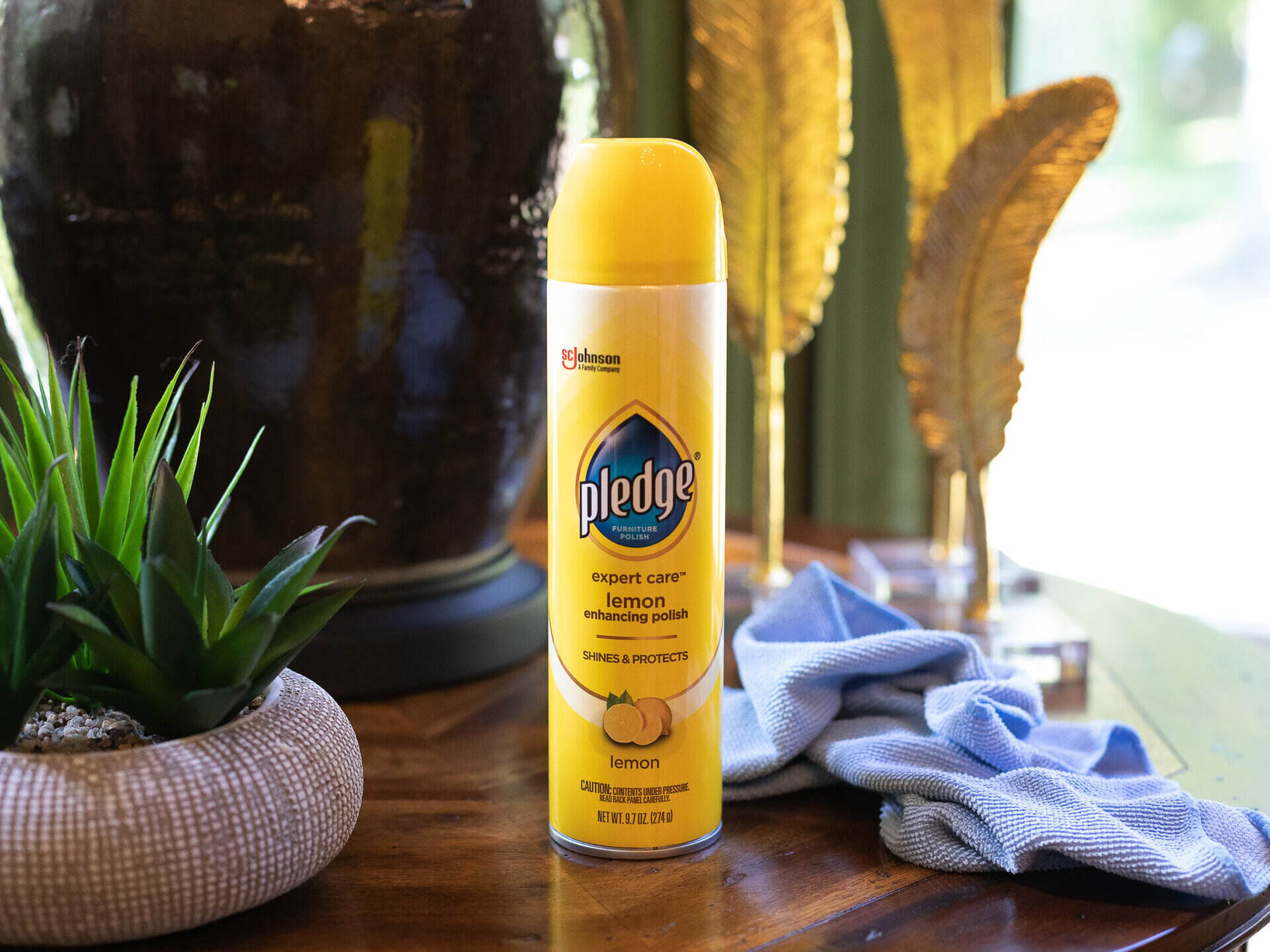
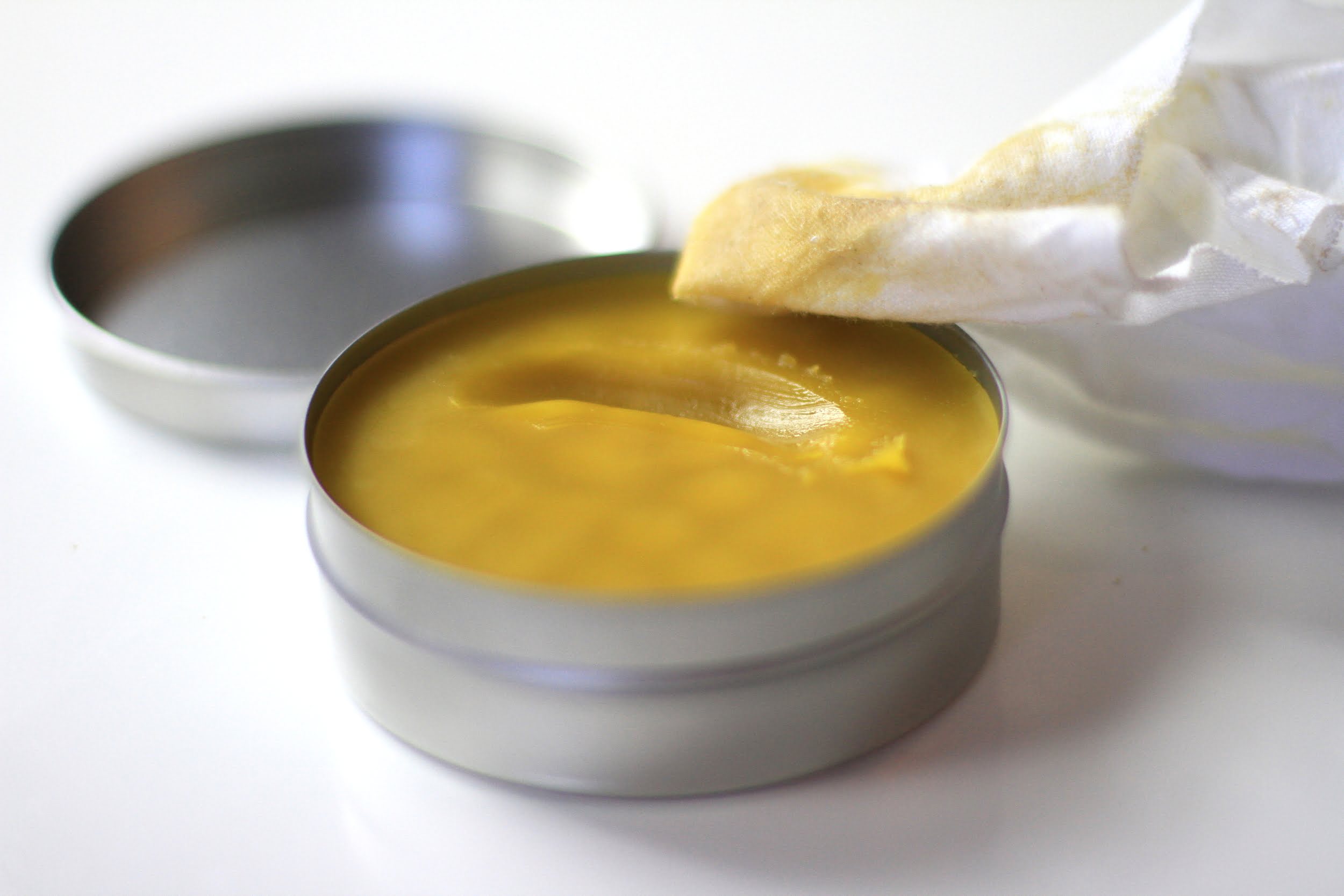
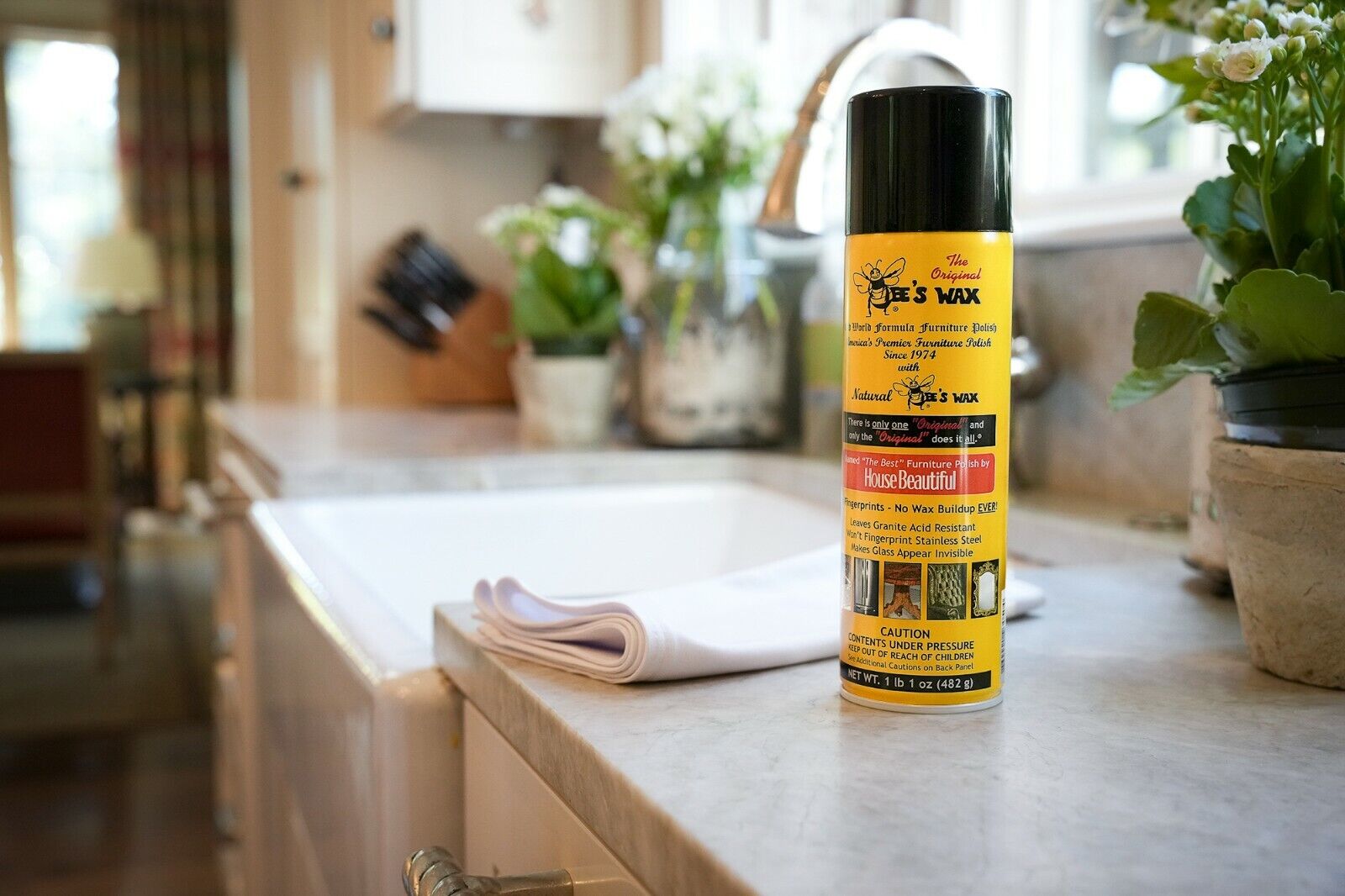
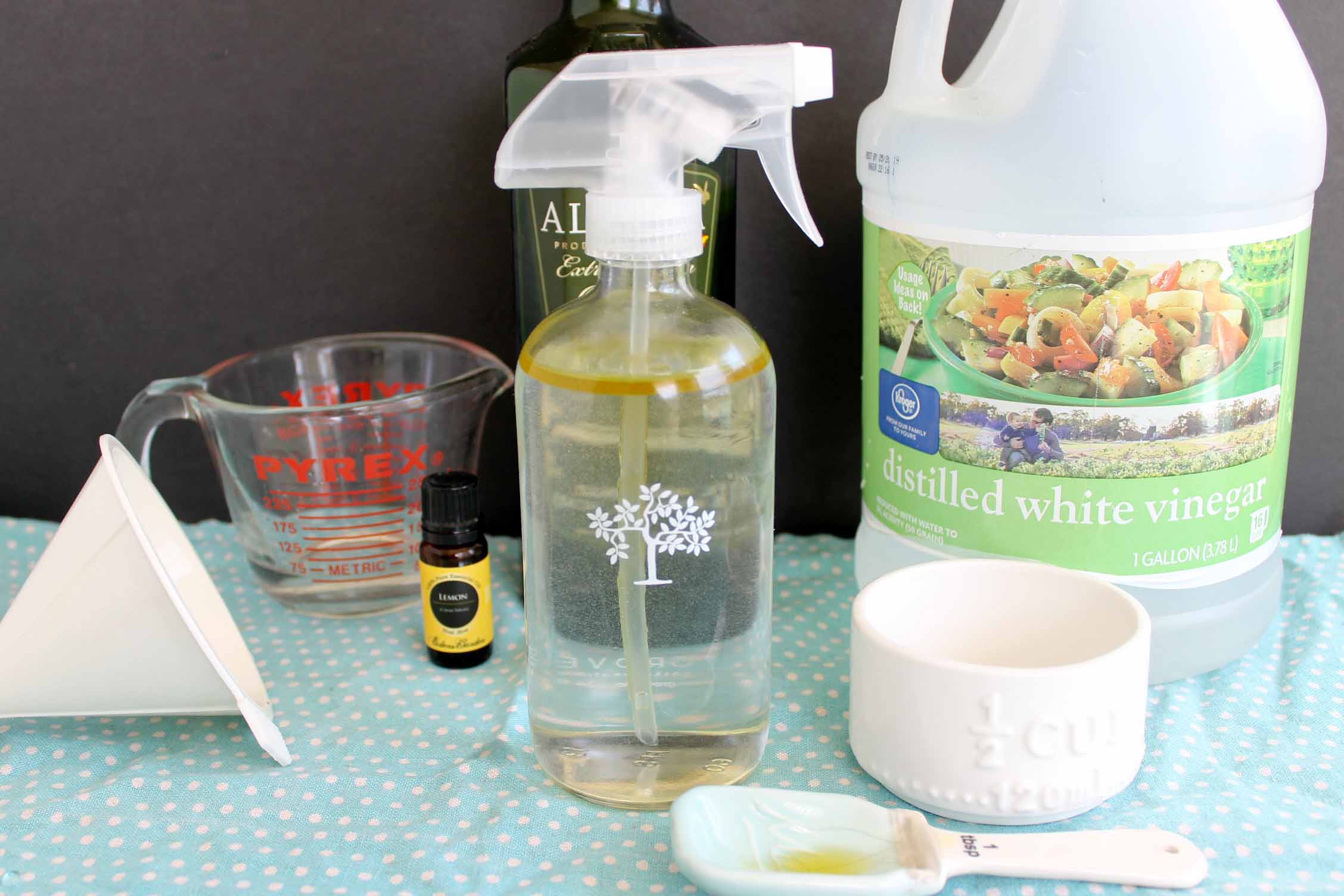
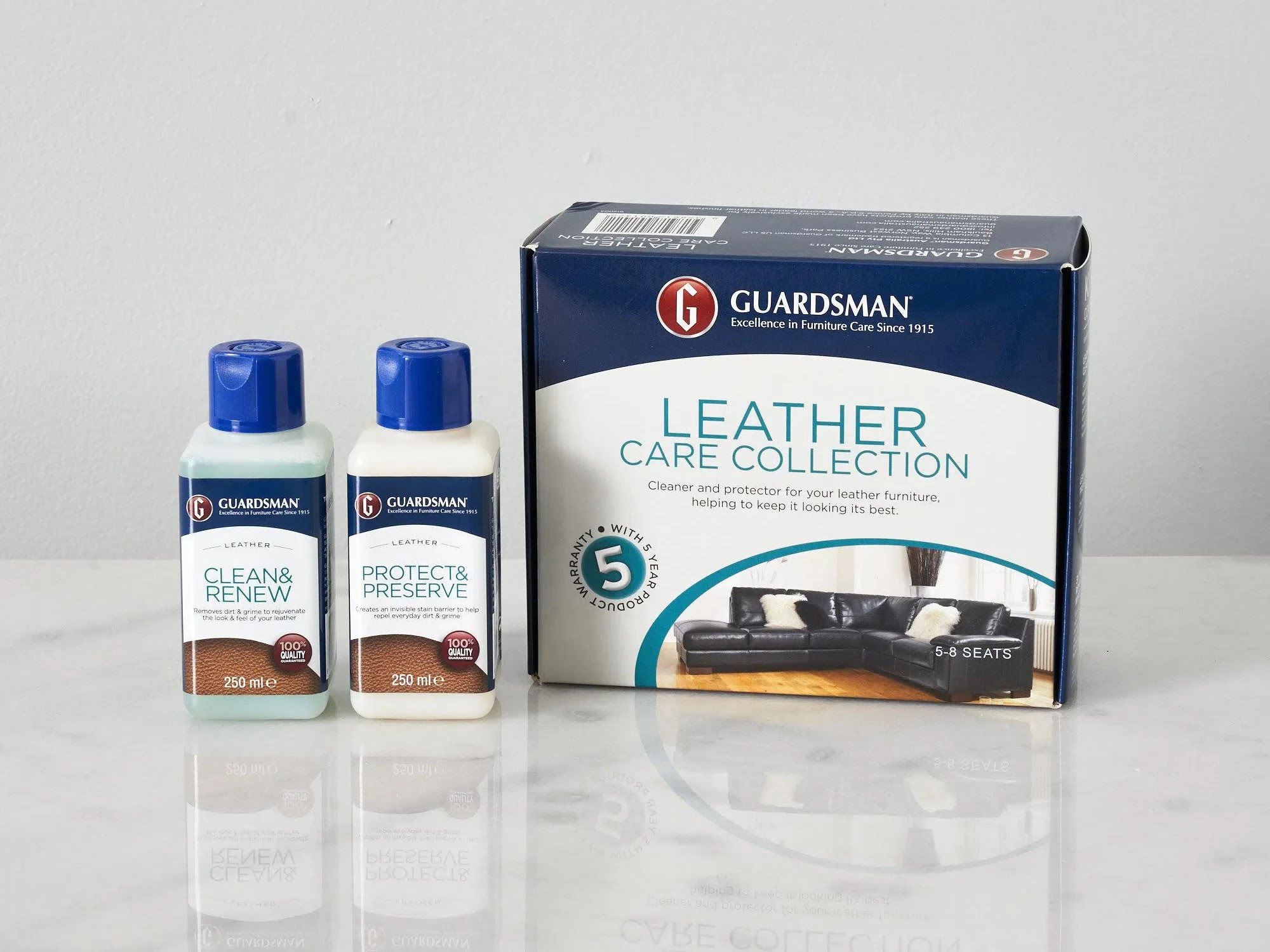
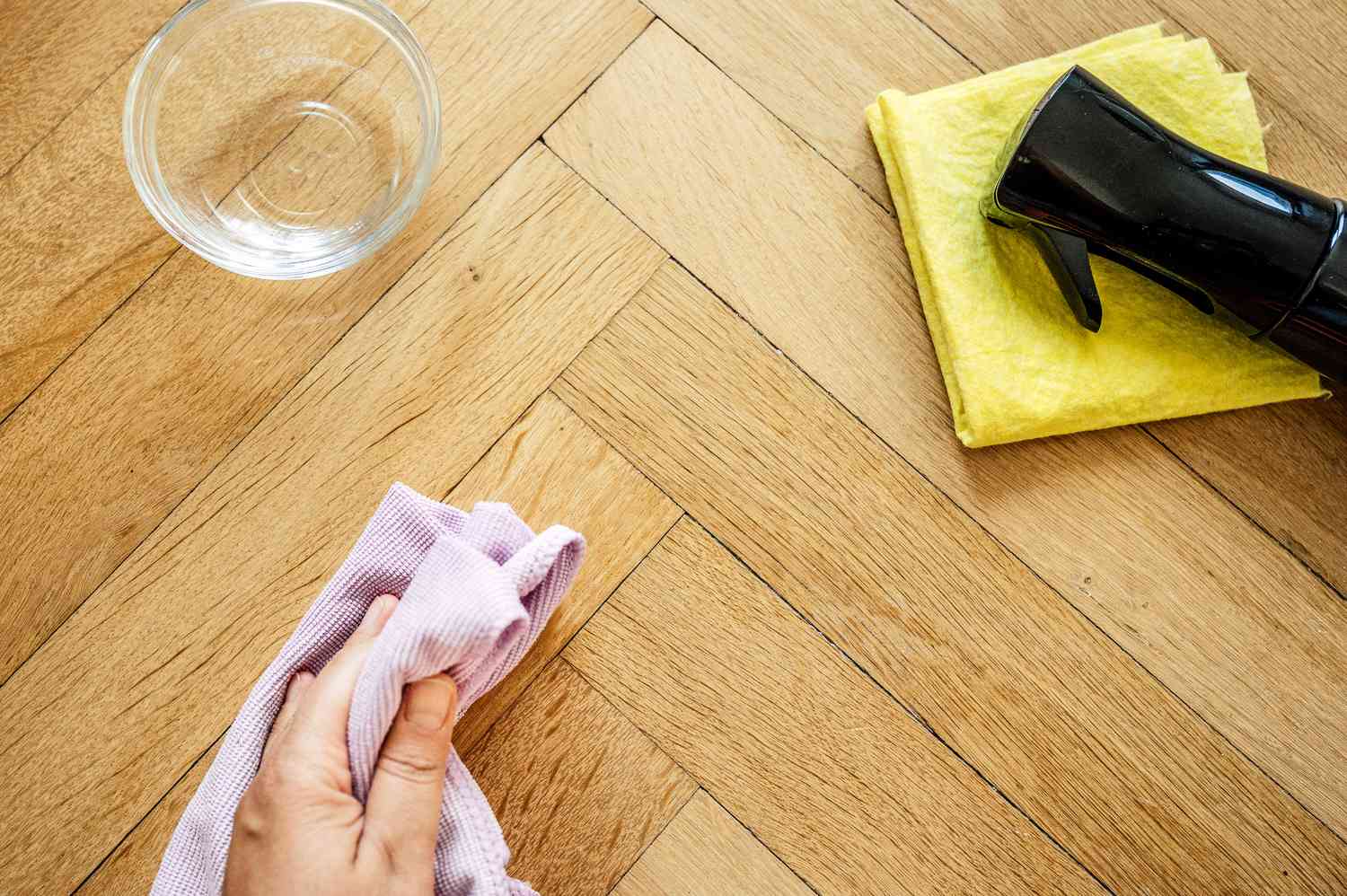
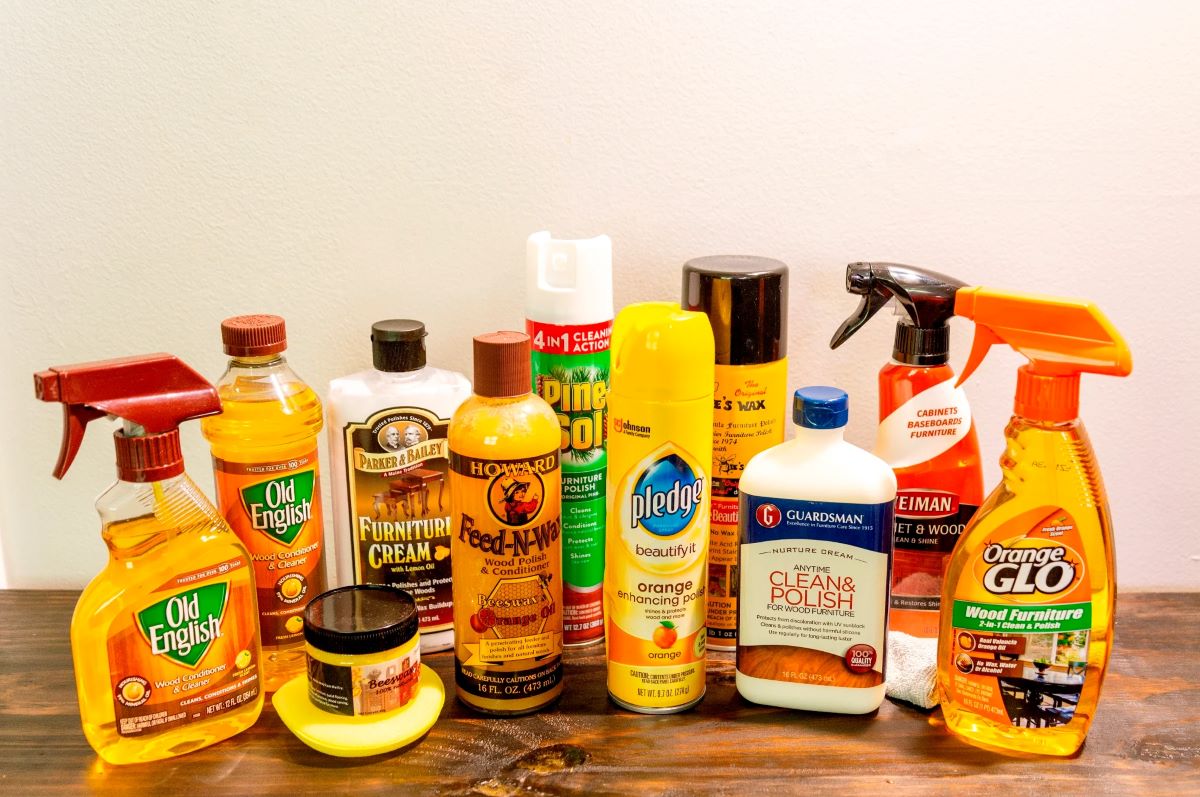



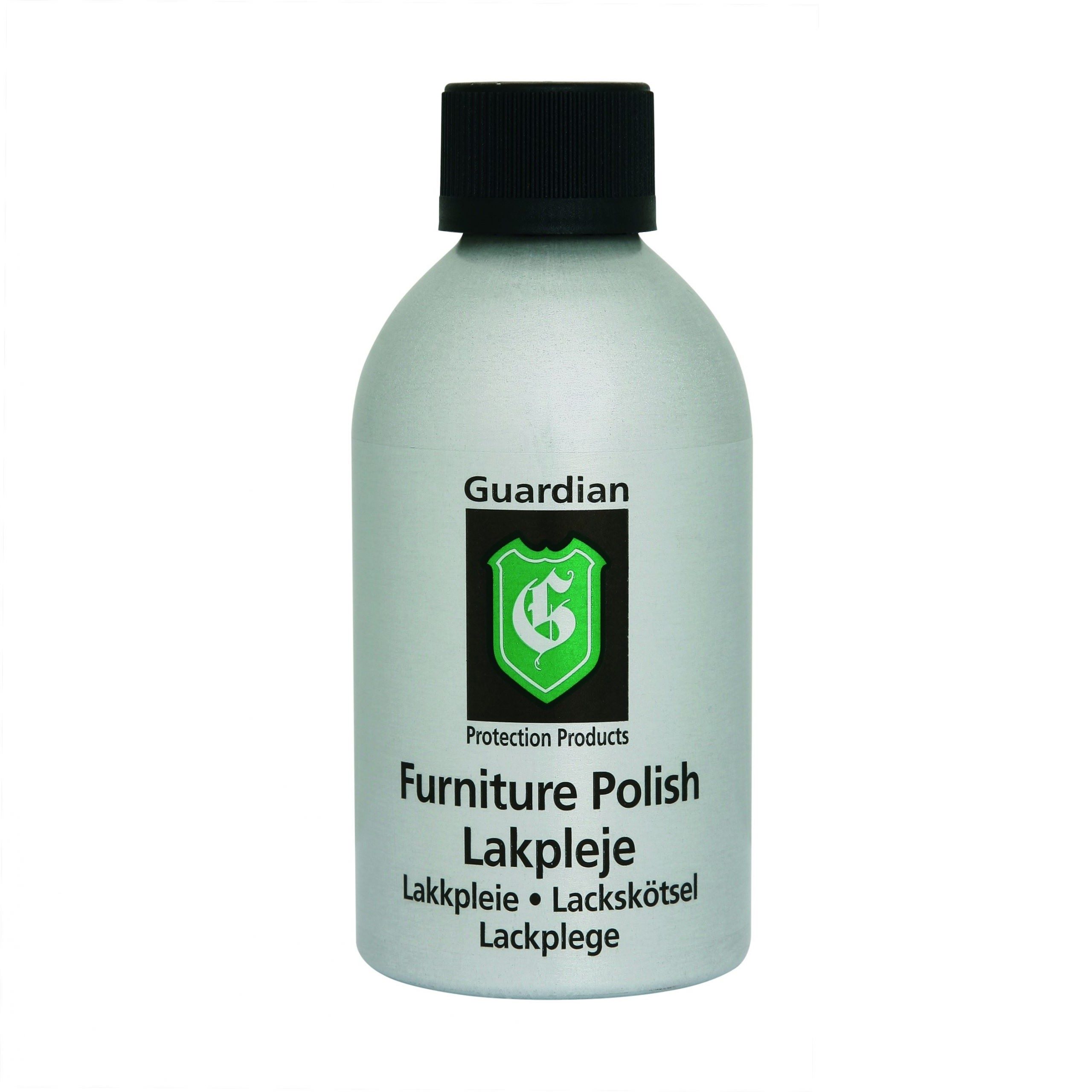
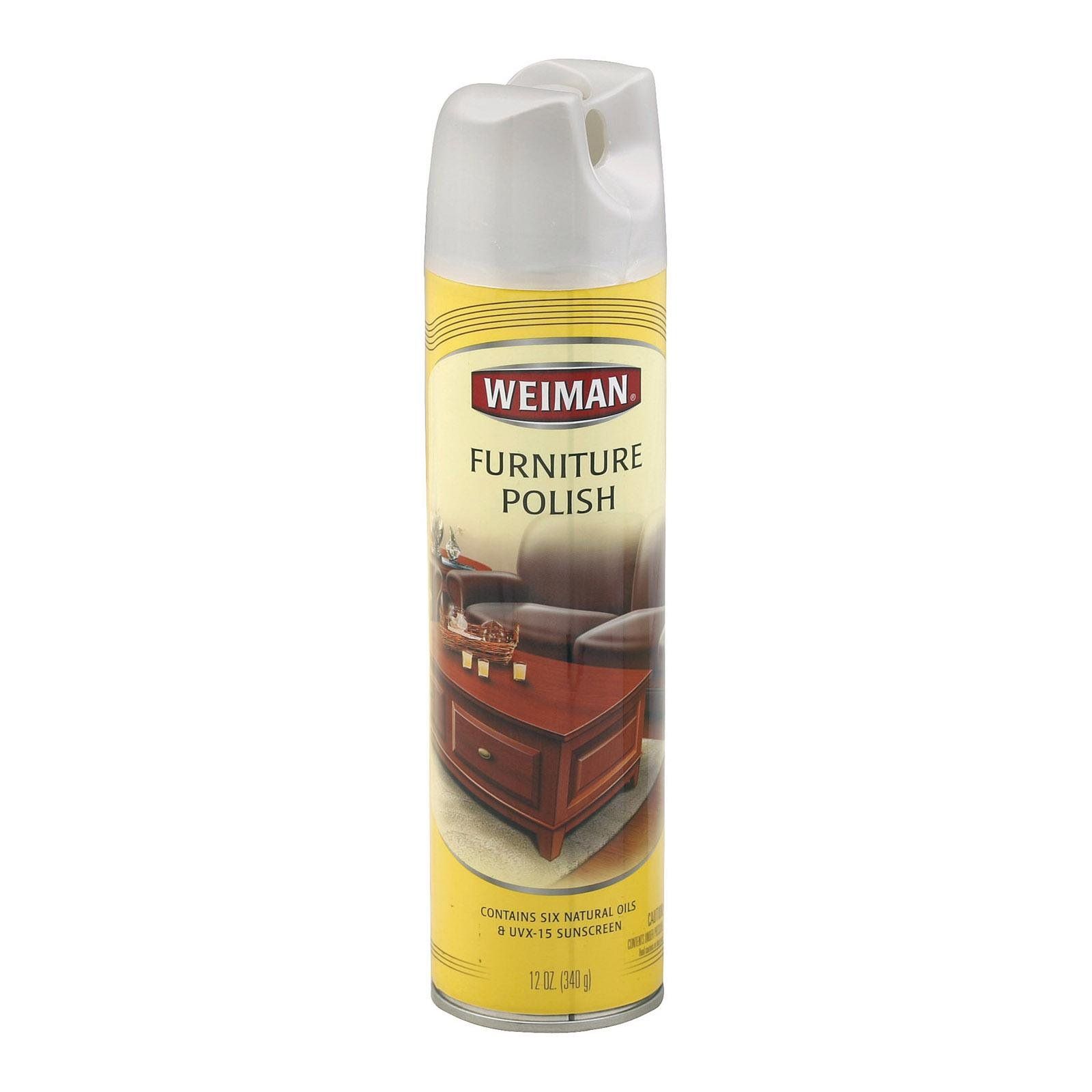
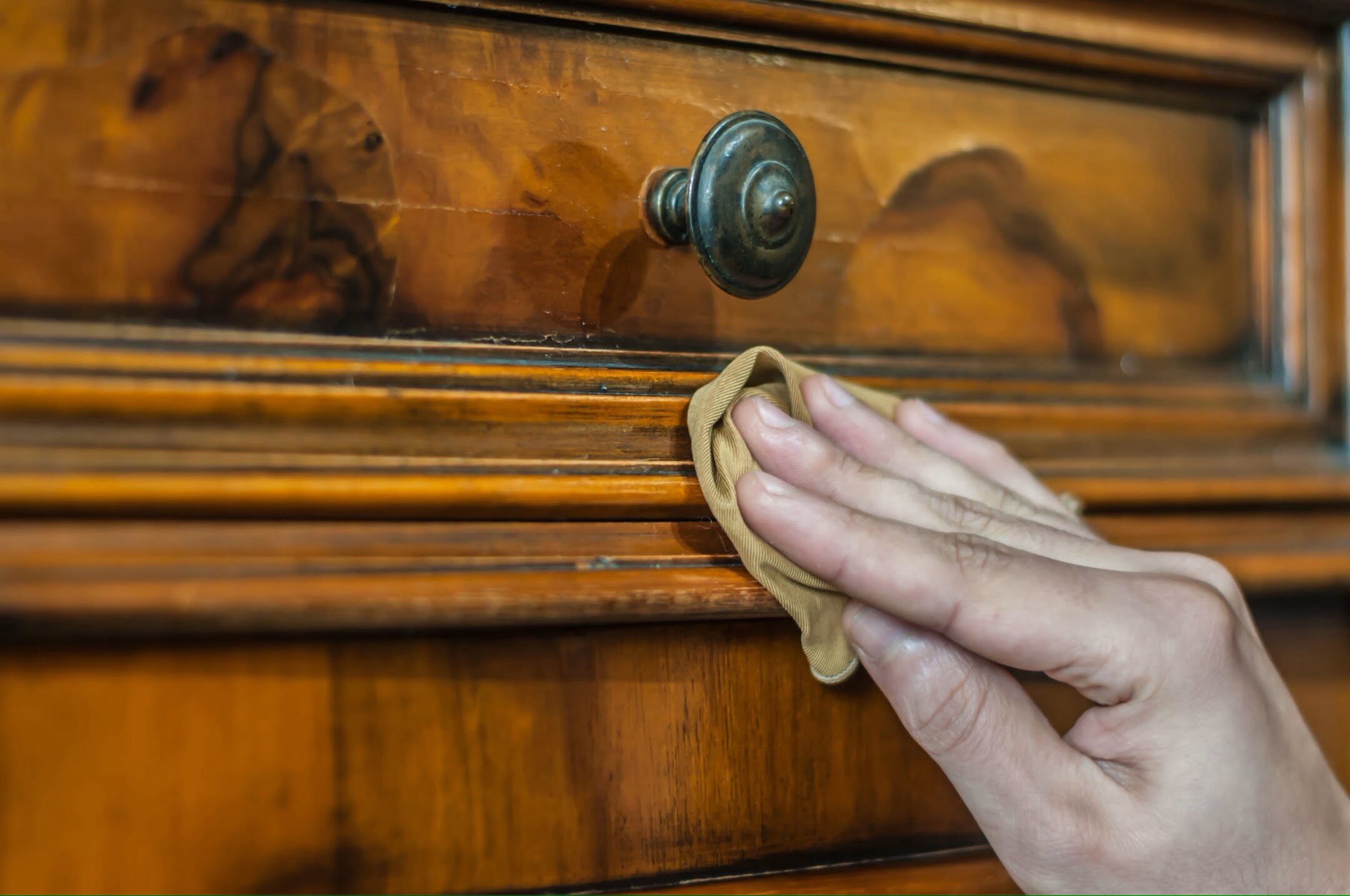
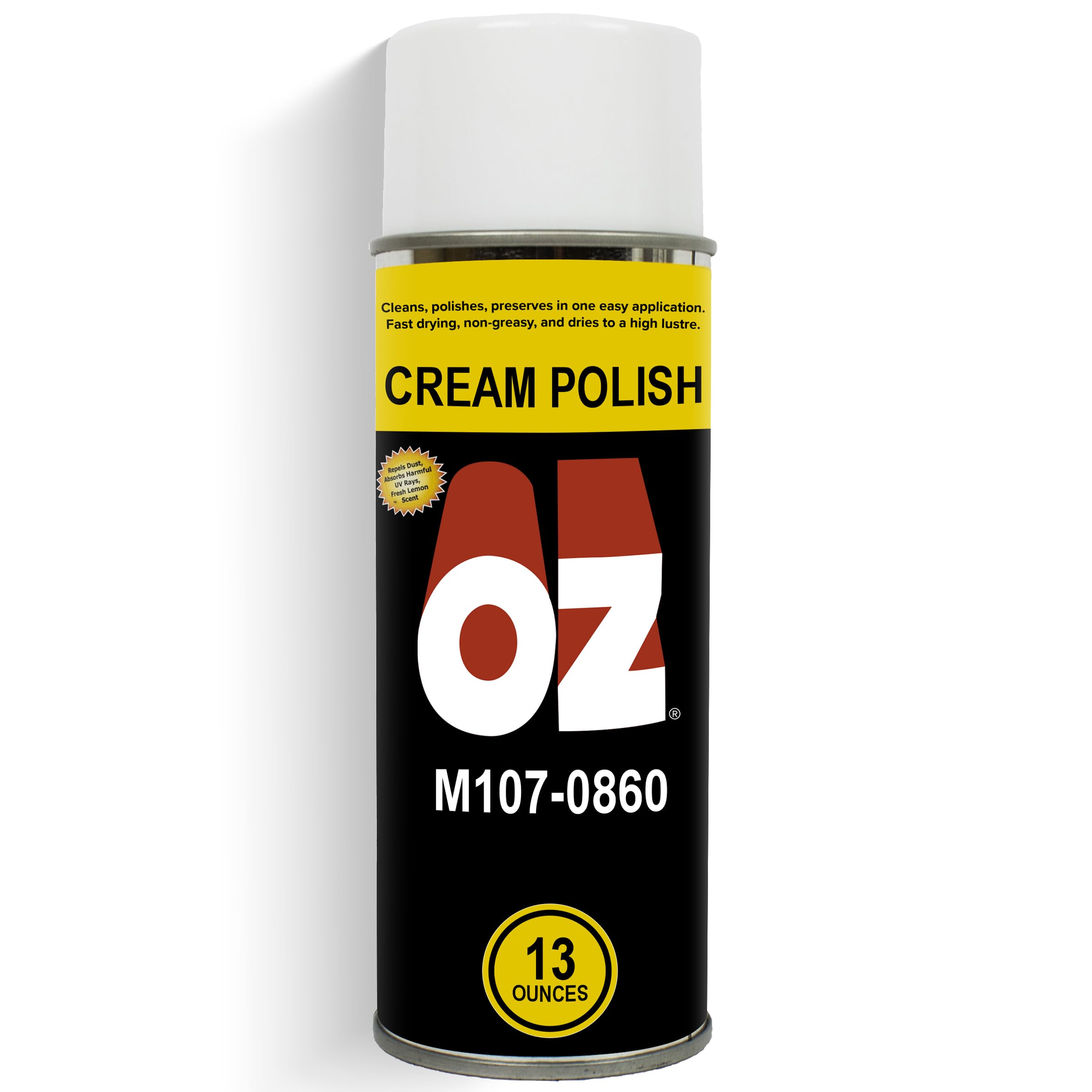

0 thoughts on “How To Use Furniture Polish”